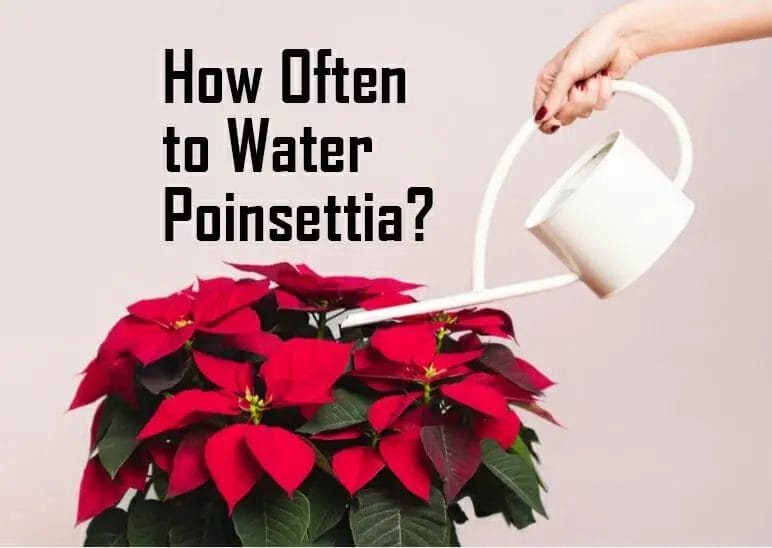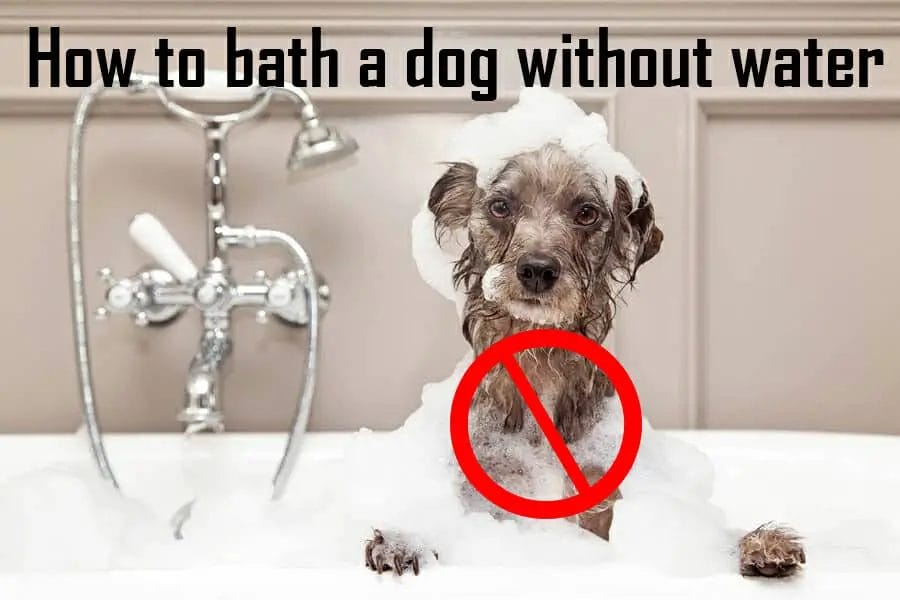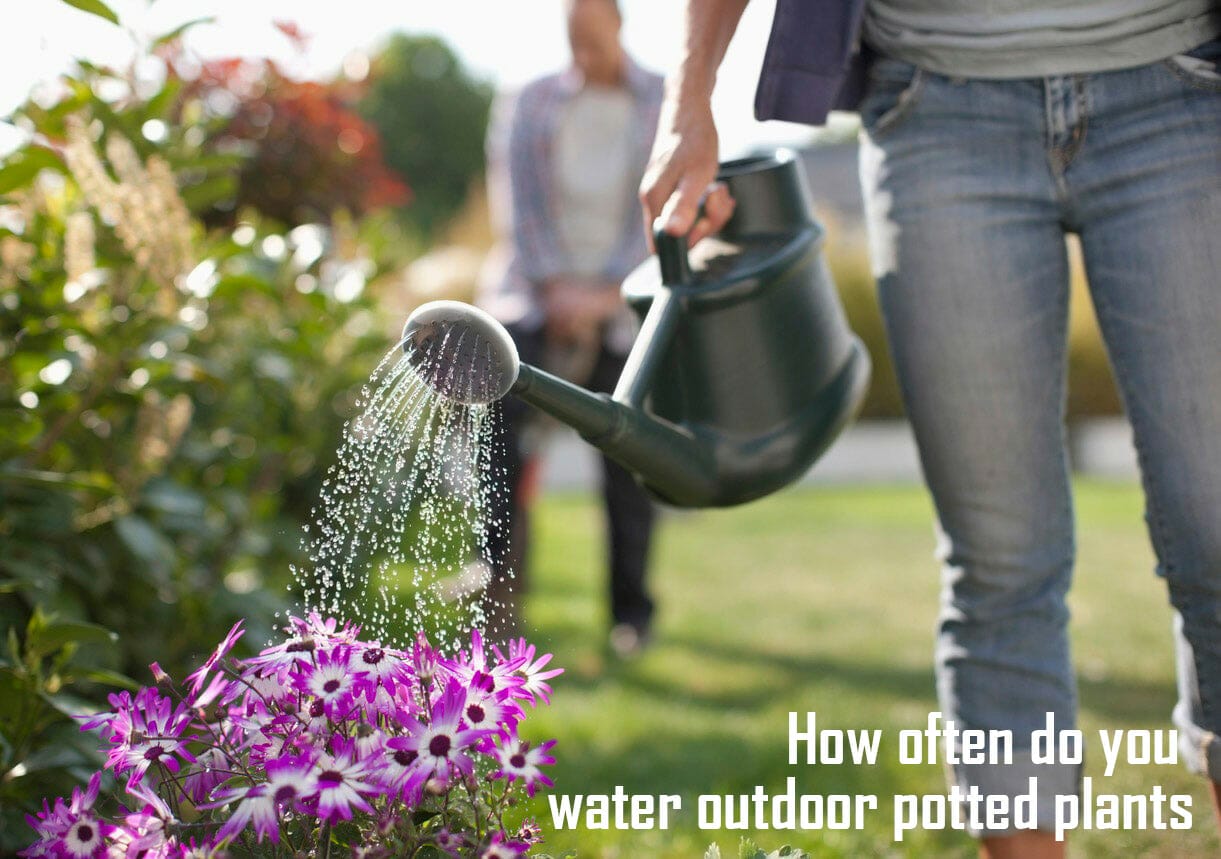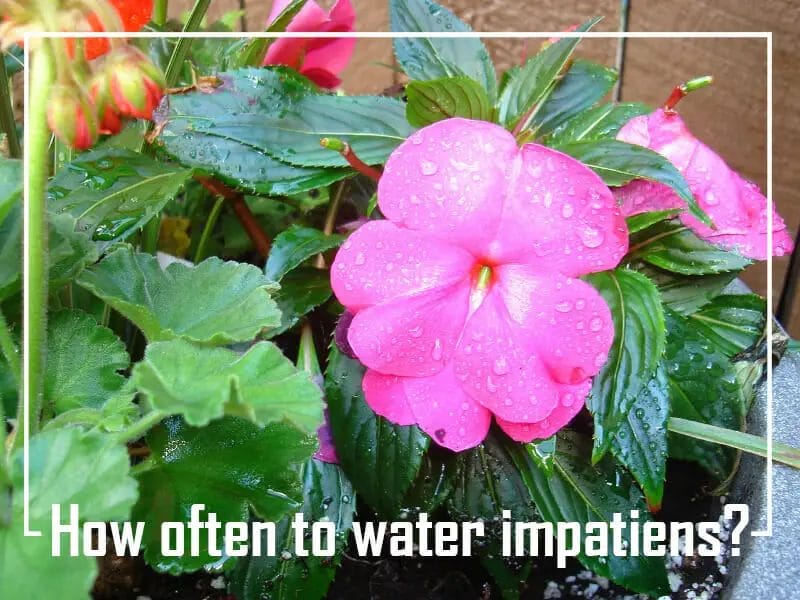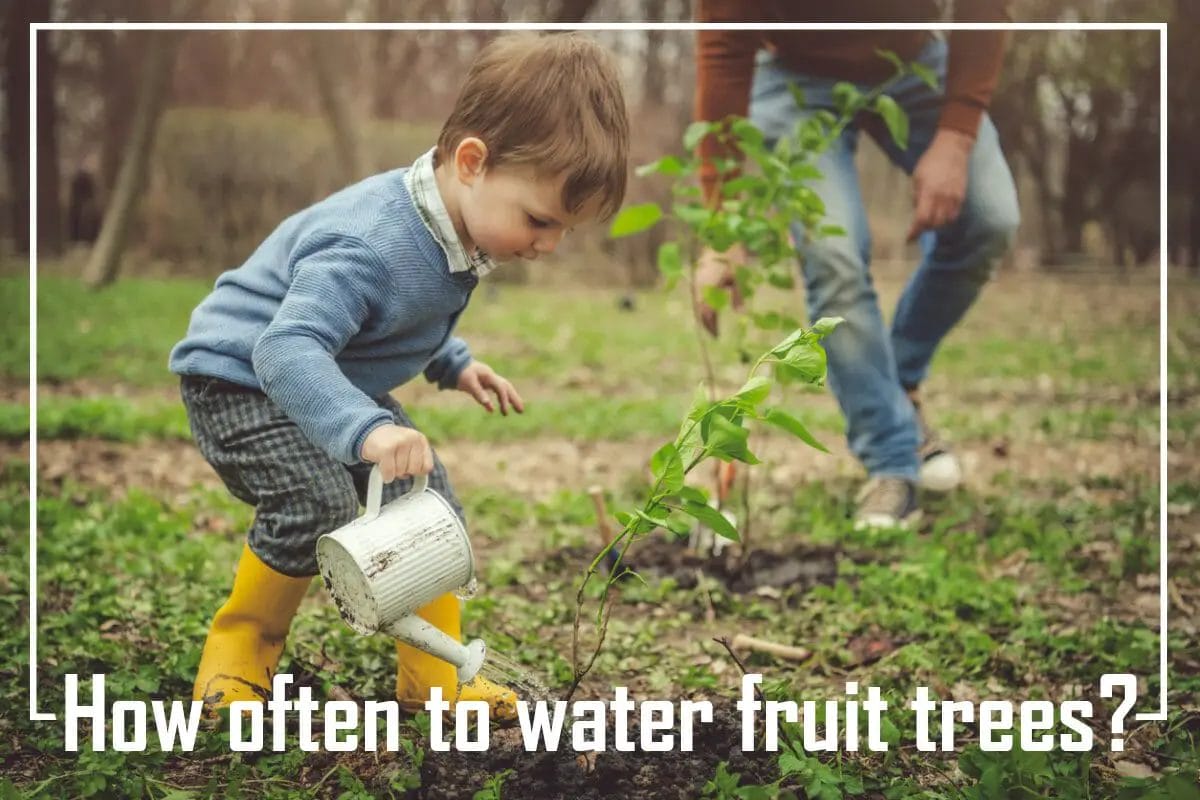Water is essential in life. Unarguably, man can live without food, but never without water. Water is known for its odorless, tasteless, transparent, and almost colorless nature. More so, it does not contain calories or organic nutrients.
Emergencies like natural occurrences or disasters make storing water for personal use very necessary. Consequently, people have learned to store water in gallons, tanks, or containers.
However, one main question is, how long can you store water to make it healthy and uncontaminated. Though water does not go bad like food does, however, knowing how to store water can help prevent the breeding of harmful bacteria and chemical contamination.
Can Stored Water Go Bad?
Stored water lasts long, depending on where you store it and the processes it went through before storage. However, water does not go bad.

According to recommendations, a clean plastic container filled with water should be tightly sealed or closed, and stored in a dark place. These plastic containers usually are made with chemicals that produce antimony and bispherol-A. Plastics of this sort are harmful. They can alter a person’s hormone system, cause heart problems, and amplify the risk of cancer. The chemicals are emitted into the water when exposed to light and heat for long.
Additionally, when water is stored longer than it should, nature sets in! Algae will start to form inside the water container, and this increases the possibility of bacterial growth.
Corrosion occurs faster inside a metal tank that contains water. It is caused when the metal is exposed to air and water. Leaving water in a metal tank for a long time can cause rusts in the tank, change in color, and make the water have an unpleasant taste.
Consuming water stored in a rusted metal container can cause health issues.
So How Can You Tell If Your Water Has Become Contaminated (Gone Bad)?
Though storing water is important, if stored for a long time, or fetched from already contaminated sources, it can result in diseases. To know if your water is contaminated, look out for these telltale signs:
Unclear – Ideal water that is safe to drink must be clear. Unclear water usually looks cloudy. Though this may not necessarily mean that the water is unhealthy, it could be a sign that there are unsafe chemicals present in the water.
- Slimy – If you stored your water in a tank and it turns slimy, it is a sign that your water has excess calcium and magnesium. They can also be a pointer that your water is contaminated with metals like manganese, lead, and aluminum. The presence of these metals can be very harmful to the body if consumed.
- Metallic taste – Rusts in a metal water storage container makes the water have a salty taste. It shows the presence of lead in the water. Exposure to lead can cause anemia, weakness, and can damage the kidney and brain.
- Fishy smell – When a well is used as a water storage extension, hydrogen sulfide gas present in well water can make it have a fishy smell. This smell may develop because of the chemical reactions with soil and rocks. It may also be as a result of sulfur bacteria present in the well, which helps other bacteria like iron bacteria grow. Hydrogen Sulfide in well water can make your water slimy, and contain black stains, and this can be very harmful to health.
- Algae formation – Algae are blue-green, yellowish-brown, or red-colored bacteria that have no roots. They can grow in fresh, stale, and stored waters and are harmful to health if consumed.
- Invisible contaminants – Other stored water contaminants may be invisible to the naked eyes. So, the only way to know if the water is contaminated is to get them professionally tested.
How Long Can You Store Water Bottles?
Bottled waters are predominantly in use these days. Lots of people have shown concern about how healthy bottle waters are. How safe is the water in bottles after some time is also a frequently asked question. Though plastic bottles are not of the same quality, some are considered food and water safe.

Bottled water has a long shelf-life and can be prolonged to up to two years if it is stored in a cool and dark area, and stay sealed. The shelf-life also depends on how it was boxed up and where it was stored. However, water stored-up in a bottle and kept for as long as one year may not taste like fresh water.
The Federal Emergency Management Agency (FEMA) in the United States recommends that opened bottled water is not safe for drinking two weeks after it has been opened.
Bottled waters come with an expiry date crested on them, and that is for a reason. Even though water does not go bad, the plastic bottle in which it is enclosed in expires. The plastic bottle eventually starts leaking out chemicals that were used in making it into the water. That might alter the taste of the water, and can have adverse effects.
Glass water bottles are better options than plastic water bottles. Apart from being fragile, glass bottles do not contain any harmful chemicals like BPA, PVC, or phthalate. So, they cannot emit any chemical into the water, even if left under the sun.
Also, storing your water in a glass bottle helps make the water retain its fresh taste. It will not give the water a metallic taste, unlike when stored in a metal bottle. Apart from heating up if left in a hot environment, metal water bottles have BPA, which can leak into the water, thereby causing severe health issues.
How Long Can You Store Water in a Refrigerator?
There is nothing more comforting than drinking chilled water on a very hot day. Of all the methods utilized in storing water, the refrigerator is one to be trusted, except you reside in a place where power outage is frequent.

Using a refrigerator to store bottles of water keeps them cool and ready for drinking. Water stored in the refrigerator can last forever.
Water swells when frozen. Therefore, you will have to pour some out first before putting the water into the refrigerator in the bottle came in.
Although refrigerating water helps retain its freshness, water in the bottle releases tiny air bubbles, thereby making the water taste less fresh. So, to avoid this, water stored in the refrigerator should be thrown away and replaced with fresh water every six months.
How Long Can You Store Water in A Barrel?
According to researches, humans can only survive without water for three days. Storing water in a barrel is an excellent way to store a large amount of water in an emergency. However, it might be contaminated if not adequately treated, thereby reducing the shelf-life of the water. To get the most out of water stored in a barrel, make sure it is not under direct sunlight.
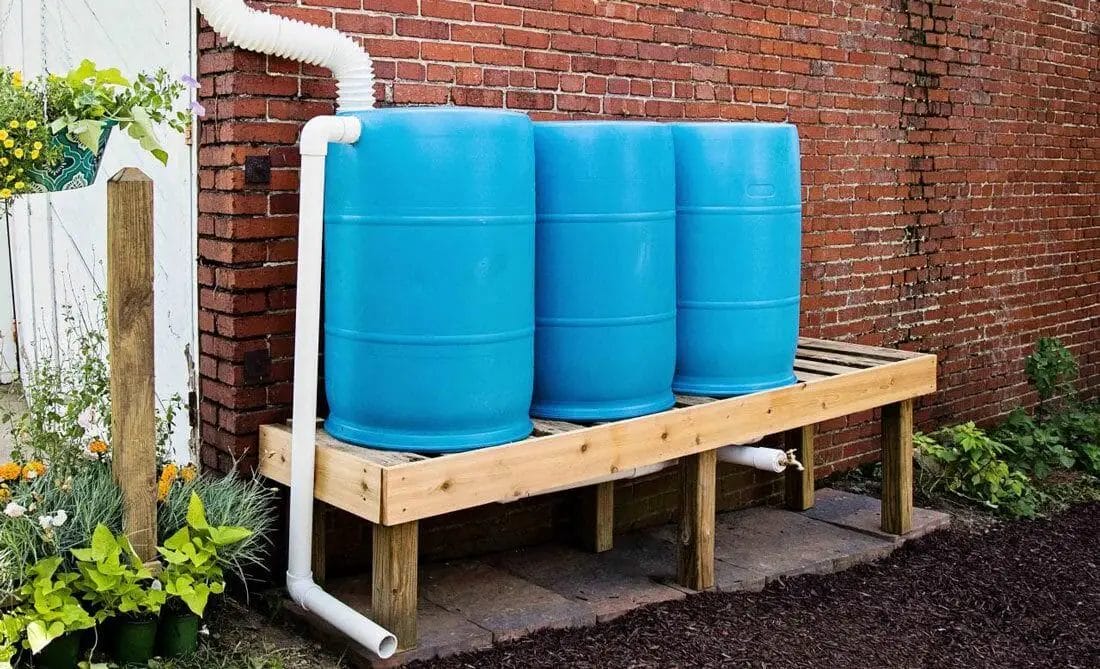
Barrels are mostly used to store rainwater to be used at a later time. However, if the rainwater is to be used for drinking, it should first be filtered properly.
The main factors to consider when using a barrel to store water are the materials used for making the barrel since most barrels are made of plastic. Water stored in barrels should be treated with chlorine or iodine to prevent the growth of algae. You can also add a drop of oil to the water to prevent mosquito breeding. The oil will form a coat at the surface of the water. As long the water is withdrawn from the bottom of the barrel, it will not mix with the oil.
Also, still water can result in contamination, and so should be moved around often. Keeping water flowing by constant use and refilling will help prolong the freshness of the water. Once in a while, empty the barrel and clean it with bleach to kill off germs.
How to Store Water Long Term
Natural and human-made circumstances can alter the water supply. So, it is necessary to know healthy ways to store up water for times of emergency.

Determining how much water you need helps you know what method to apply to store enough to last the time. Here are several ways to safely store-up water for future use:
Bottles
Buying bottled water is the easiest and fastest way of storing water. Bottled waters vary in size and can be bought just anywhere. Usually, they are sealed tight to save you from worrying about contamination.

They also have a best-before date to help you know exactly when you will need to use them up, and possibly, restock. Most bottled waters are treated before packaging so that they can be trusted. However, they can be costly.
Wells and Tanks
Wells are structures created in the ground to access and store up water. Well water is drawn using a bucket that is tied to a rope and let down into the well. To make well water safe for drinking, it has to be treated. This will also make the water taste better.
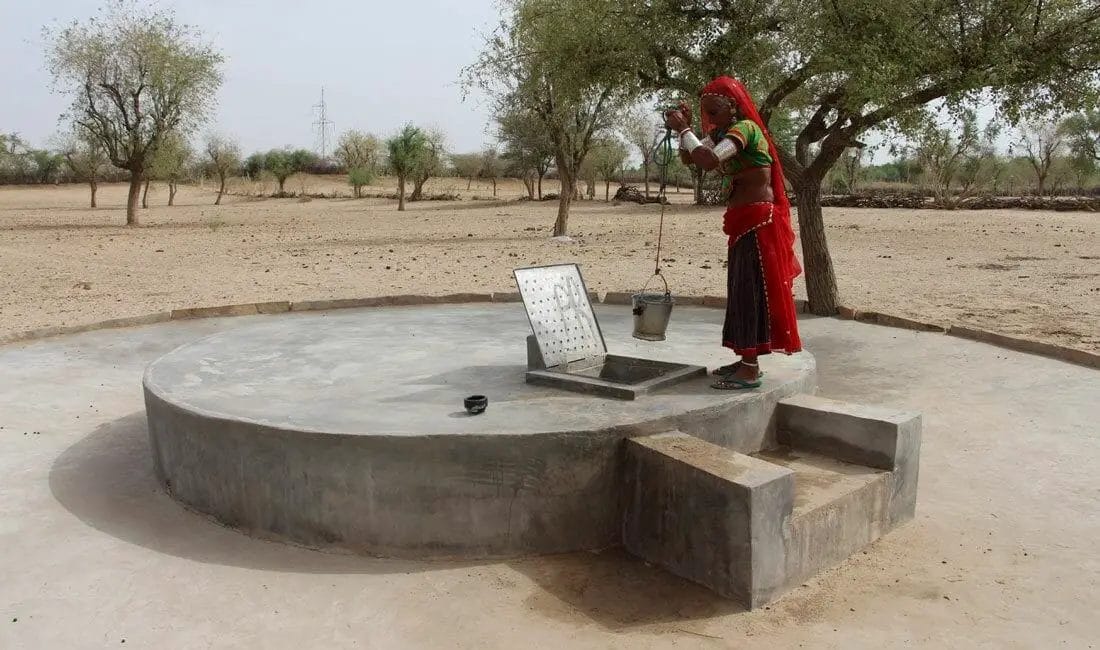
Most wells last for about 20-30 years. That means “water for life”, right? Moreover, you can decide to add a water tank for longer water storage and steady flow through taps. Tanks, therefore, help you make the most of your well.
Additionally, storage tanks in times of emergencies, like when your well dries up, or your water pumping machine goes bad. For better aid, go for an overhead tank.
Containers
If the cost of buying bottled waters is frightening, you can decide to buy empty containers and fill them up with water yourself. There are many container options to choose from.
Barrels are easy to find. They can hold water to last more than a week. Look out for barrels that have the HDPE mark, which usually appears as a rotating symbol with the number “2” in it.

Glass jars are the best option when you want to store water for a long time. However, jars that are big enough to hold a large volume of water are tough to find. More so, they break easily, thereby causing a disaster.
Before using gallons to store-up water, you will need to check for quality just to be sure their materials are not harmful to your health. Also, it will be wise to get your water treated before storage, and of course, store in a cool, dark place.
How to Treat Water Before Storing It
Water treatment is as necessary as storing water. Storing water without first treating it can cause severe health issues. Thus, treating your water is crucial to how long your water is going to last.
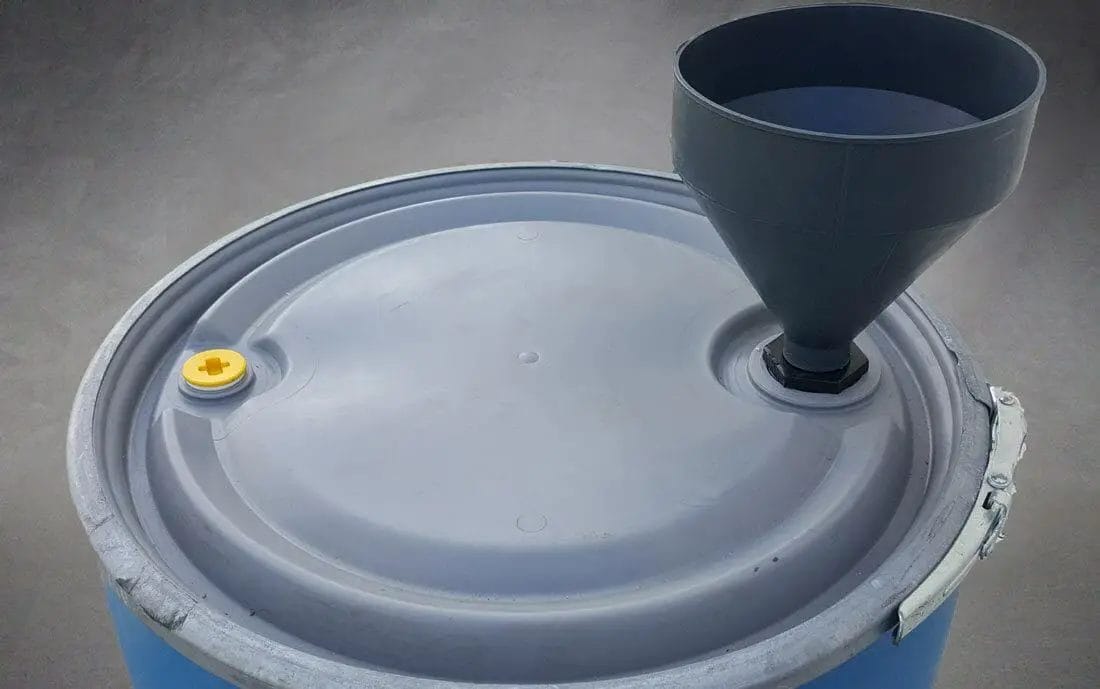
Over time, water treatment methods have been simplified. Water treatments are processes employed to improve water quality, thereby making it healthier. The aim is to remove sediments and pathogens like bacteria, viruses, protozoa, worms, salts, and toxins that make the water unsafe.
Boiling
Boiling is a very reliable way of purifying water from germs and other contaminants. WHO states that boiling helps in killing pathogenic bacteria in water.
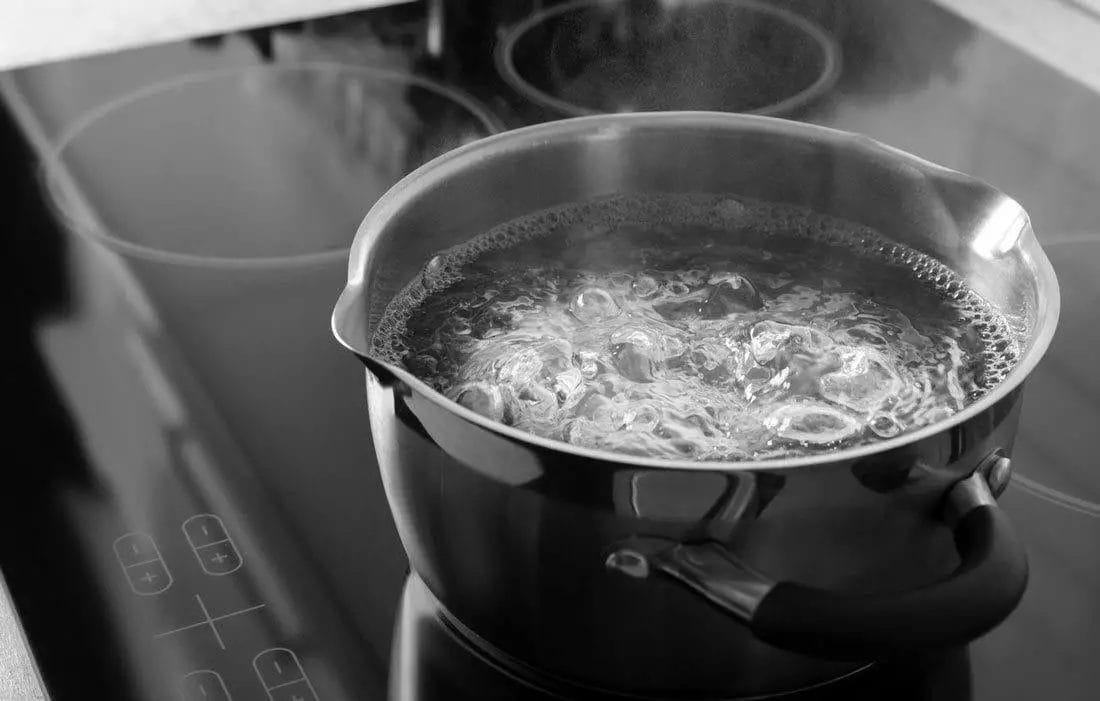
Water should be boiled for one to three minutes to make the bacteria and pathogens inactive. After that, let the water cool naturally before storing it in clean containers with covers.
Water can have a bland taste after it is boiled. So, to improve this taste, you can add a pinch of salt to the water.
Bleaching
Apart from boiling, water can be bleached using unscented chlorine or iodine solution. They are both light in weight, inexpensive, and are available in most stores. However, when using any of these bleaches, let the water sit for about thirty minutes before drinking it.
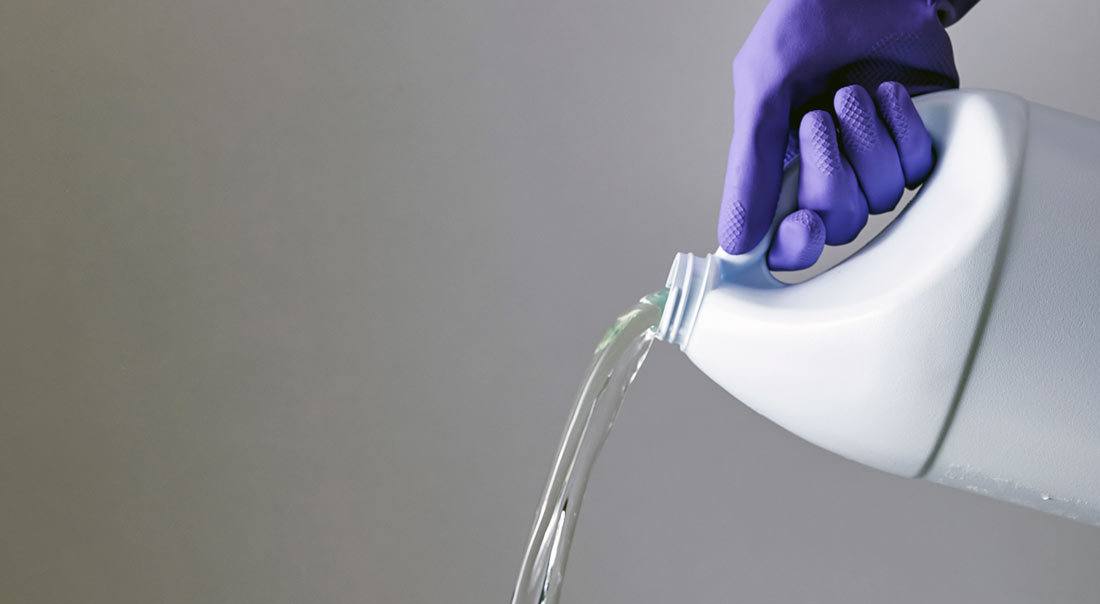
To treat your water with chlorine, ensure that the chlorine has been stored at room temperature for less than one year. Then, add a little portion of unscented chlorine into the water, using a clean dropper.
Iodine water treatment is healthy for pregnant women. However, it gives the water an after-taste.
Screening
Screening is a very convenient way of treating water. If the water is cloudy, allow it to settle. Then, filter using a clean cloth, paper towel, or coffee filter. Store the filtered water in clean containers with covers.
Ultraviolet light
Ultraviolet lights are similar to small torch lights and need batteries to operate. All you have to do is rotate the light around the water for a few minutes to kill any bacteria in the water automatically. However, it does not filter out solid particles that may be found in the water.
How long is it safe to drink bottled water after opening?
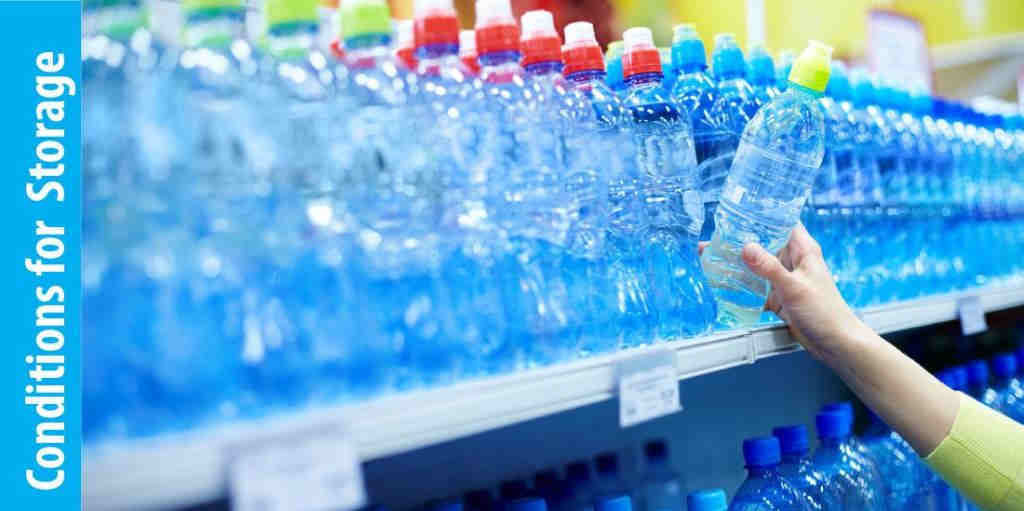
It relies on some factors
Is there fluoride contain in your bottled water? Bottle water having fluoride can kill the majority of bacteria introduced after the bottling system, like for your mouth, for which we apply it in toothpaste and water, to begin with. Some purists like to get bottled water without any fluoride. In such case water defense from bacteria and the UV sterilization which kill bacteria at the time of bottling process.
Is the cap of your bottle is tight? If it happens, any bacteria introduced into the bottle of the mouth will dissolve oxygen and finally die. Your water tastes from the shortage of mixed oxygen but surely safe to consume. As uncapped for a short time, you can expose your water to an environment like airborne bacteria as well as insect born particularly mosquitoes and flies stopping by a drink to lay eggs.
Have you kept water under the sun like a hot car? It has to undergo UV sterilization like bottling plant performed and can taste warm as well as stale and gross, but this is very safe to drink.
Preparing Sanitary Containers
Decide just how much water to put away. The average individual wants 1 gallon (4 liters) of water every day, half for ingesting and a half to get food preparation and hygiene.
Increase this amount to 1.5 g (5.5 L) per individual or more for kids, nursing mothers, and ill folks, and for anybody in a sexy or high-altitude climate.
Based on these amounts, attempt to store a two-week supply to your household. In the event of an emergency evacuation, save a three-day supply in readily transportable containers.
| # Of People | Daily water requirement | Two-week supply | Three-day supply |
|---|---|---|---|
| 2 adults | 1 gal per adult | 28 gal | 6 gal |
| 1 child | 1.5 gal per child | 21 gal | 4.5 gal |
| Total | 3.5 gal per day | 49 gal | 10.5 gal |
Contemplate bottled water. In regions that govern bottled water, such as the U.S. and E.U., sealed bottles of water are sanitary and will remain good forever. Should you go this route, you don’t have to be concerned about choosing appropriate containers or draining water.
These demonstrate that the product has met quality and safety criteria. [4] That is important in states which don’t govern bottled water.
Select containers. Plastic food or drink containers marked “HDPE” or using a #2 recycling symbol are great choices. Plastics #4 (LDPE) and #5 (PP) will also be safe, like stainless steel.
Never reuse a container which held anything other food and drinks and utilizes new empty containers if they’re marked “food secure,” “food grade,” or using a fork and knife emblem.
- Fruit juice and Milk leave residue that’s hard to eliminate and promotes bacterial growth. Don’t reuse containers which held these beverages.
- Glass jars are a last resort as they can easily split into a catastrophe.
- Traditional unglazed pottery jars cankeep water cool in hot climates.
Avoid containers made of harmful plastics. Start looking for the identification code on plastic bottles, which generally is made up of the number printed near the recycling symbol. These substances can be hazardous to your wellbeing.
Wash the container completely. Wash them with soap, and sexy water then wash. If a container formerly held food or beverage, disinfect it using a few of the following approaches:
For stainless steel or heat-safe glass, submerge in boiling water for 10 minutes and one minute for every 1,000 feet (300 m) of altitude over an elevation of 1,000 feet (300 m). This is the very best way of steel because chlorine bleach may corrode the metal.
If your tap water isn’t safe to consume or should you receive your water from a well, disinfect it before storage. The very best approach to do so is to deliver the water to a rolling boil for 1 minute or 3 minutes in elevations over 5,000 feet (1,000 m). [13]
- If You Cannot boil the water, or Don’t Want to Drop water by cooking it, then bleach is your next best choice:
- Double the quantity of bleach, when the water is cloudy or discolored.
- Allow the water sit for 30 Minutes.
- If you can’t smell a peppermint odor, repeat therapy and let sit different minutes.
- In an emergency, it is also possible to disinfect modest quantities of water purification tablets.
Filter contaminants out. Boiling or chlorine will destroy germs, but they won’t get rid of lead or heavy metals.
Creating your filter from ordinary materials is possible. While not as powerful as a commercial filter, then it is going to eliminate sediment and some toxins.
Why the conditions are in favor of the bottle water storage
If water is exposed to the direct sunlight exposure for a long time, mold or algae normally develop. This is not a concern for the public health.
The bottle water industry likes to give freshest and cleanest water as much as they can. Storing water out of sunlight can assure that the water is fresh and not dangerous.
Bottle water and some other beverages are packaged in highly protective, sanitary and sealed plastic container which preserves the freshness and quality of the product.
The plastic containers that are used for bottled water and other beverage are lightly permeable that allow ambient air gasses like household solvents and vapors, petroleum-based fuels.
Some other chemicals affect the odor and taste of the beverage. The company takes great care to transport and store the product to ensure clean and fresh water for the people.
If the products are stored properly, it will ensure the good quality of the product.
How Long Can You Store Bottled Water
Frequently Asked Questions [FAQs]
Can I Use Milk Containers For Storing Water?
No. Milk and fruit juice containers have residues that are very difficult to wash out. These residues encourage the growth of bacteria in the container.
Can Water be Stored in a Water Tank For Long?
Yes! Water stored in a water tank can last long if a bit of iodine or chlorine is added to it. More so, the water tank should be sealed tight to prevent solid particles from entering.
Will Diinfecting My Water Make it Indefinitely Safe?
No. it will not. For disinfected water to remain safe, it must be used up within a space of six months.
Can I Leave My Bottles Filled With Water on Concrete Floor?
No. Concretes easily change temperature and give off the moisture that may affect the water. Before leaving your water on concrete, place a small platform like cardboards on top of the concrete to allow airflow.
Why is Water Treatment Necessary?
Water treatment is a sure way of improving the quality of the water and removing contaminants that are unhealthy for consumption.
Conclusion
Water is necessary for life and survival. Consequently, it is priceless and used by all. However, if stored for long, this water can get contaminated and can be very harmful to health.
There are a number of methods that can help when storing water. These methods have their benefits and odds. However, they are targeted at offering solutions for water storage against emergencies.
Knowing how to store water can help reduce if not prevent the effects of water contaminants on health.
Sarah J. Gregory
352 Hershell Hollow Road
Anaheim, CA 92805


